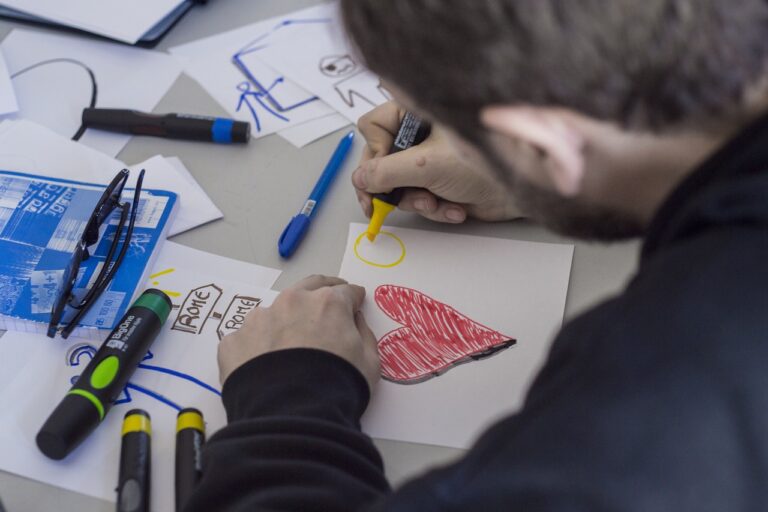Exploring the Benefits of Experiential Learning in Language Arts Education
Experiential learning in language arts education offers students the opportunity to engage in hands-on experiences that enhance their understanding of literary concepts and language skills. By actively participating in activities such as role-playing, drama performances, and creative writing workshops, students can cultivate a deeper appreciation for language in a real-world context. This immersive approach not only fosters a love for reading and writing but also helps students develop critical thinking and communication skills that are essential for academic and personal success.
Moreover, experiential learning in language arts education encourages students to be actively involved in their own learning process, promoting autonomy and self-directed learning. Through project-based activities and collaborative group projects, students can apply what they have learned in the classroom to real-life situations, making connections between theoretical knowledge and practical application. This experiential approach not only enhances retention of information but also fosters a sense of ownership over one’s education, empowering students to become lifelong learners who are curious, creative, and motivated to explore the world through language.
Key Concepts of Experiential Learning in Language Arts Education
Experiential learning in language arts education emphasizes hands-on, practical activities that actively engage students in real-world experiences. This approach encourages learners to apply their language skills in authentic contexts, fostering a deeper understanding of the subject matter. By immersing students in experiential learning opportunities, educators create dynamic environments that spark curiosity and enhance critical thinking skills.
Another key concept of experiential learning in language arts education is the integration of multiple senses and learning modalities. This approach recognizes that individuals have diverse learning styles, and therefore, incorporates visual, auditory, kinesthetic, and tactile stimuli into the teaching and learning process. By appealing to different sensory pathways, experiential learning maximizes student engagement and comprehension, leading to more effective language acquisition and retention.
What are the benefits of incorporating experiential learning in language arts education?
Experiential learning in language arts education can enhance students’ critical thinking skills, improve their communication abilities, increase engagement and motivation, and foster a deeper understanding of literary concepts.
What are some key concepts of experiential learning in language arts education?
Some key concepts include hands-on activities, real-world applications, project-based learning, collaboration, reflection, and the integration of technology to enhance the learning experience.
How can experiential learning be implemented in language arts education?
Experiential learning can be implemented through activities such as creating and performing plays, conducting book clubs, participating in literary field trips, writing and publishing original works, and engaging in discussions and debates about literature.
How does experiential learning in language arts education cater to different learning styles?
Experiential learning allows for a variety of activities and experiences that cater to different learning styles, such as visual, auditory, and kinesthetic learners. This approach provides opportunities for students to engage with the material in ways that resonate with their individual preferences and strengths.






